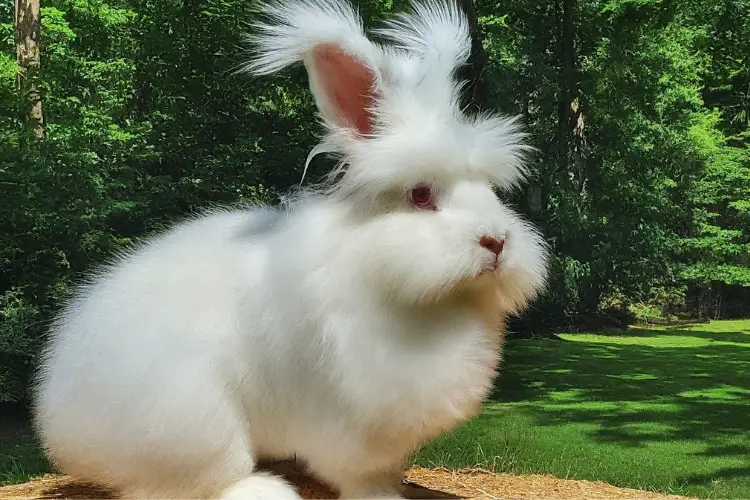Angora rabbits are prized for their incredibly soft and luxurious wool. With their striking, fluffy coats and gentle dispositions, these unique rabbits have been cherished for centuries by those seeking their valuable fibers.
While most are familiar with the English Angora, there are actually several distinct types of Angora rabbit breeds—each with their own fascinating histories and characteristics.
In this blog post guide, we’ll explore the four main varieties of Angora rabbits: the English, French, Giant, and German. From their origins and appearances to their wool qualities and temperaments, you’ll gain an in-depth understanding of what makes each of these breeds truly exceptional.
The English Angora
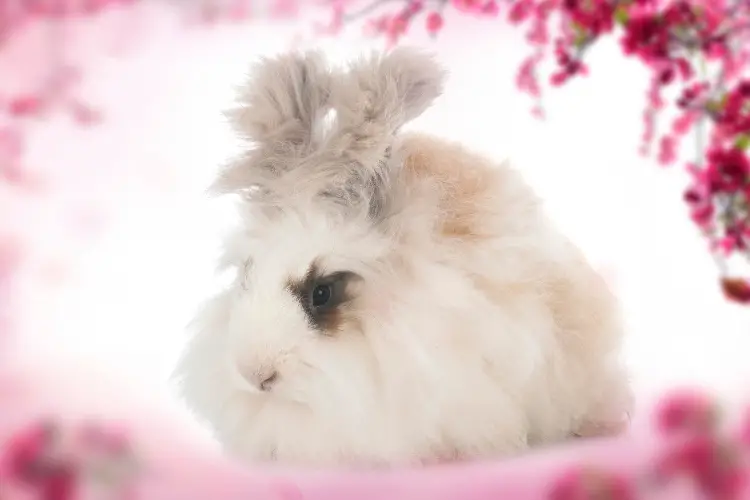
The English Angora is undoubtedly the most well-known and widely recognized Angora breed. With a long, storied history dating back to the 18th century, these rabbits originated in Ankara, Turkey (formerly known as Angora), where they were selectively bred for their highly prized wool coats.
Appearance and Wool
English Angoras are medium-sized rabbits with a distinctly rounded body type and thick, woolly coats that can grow up to 5 inches in length. Their wool is incredibly soft, silky, and luminous, with a gentle wave or ripple throughout. Accepted colors include solid white, colored (ruby-eyed white, black, blue, chocolate, and lilac), shaded, and agouti variations.
One of the most striking features of the English is their prominent wool muff around the neck and shoulders, along with thick wool covering their entire face—excluding a small area around the eyes, nose, and mouth.
Temperament
Beyond their luxurious wool, English Angoras are also treasured for their calm, friendly demeanors. These gentle giants are known to be docile, affectionate companions that thrive on human interaction and bond closely with their owners.
The French Angora
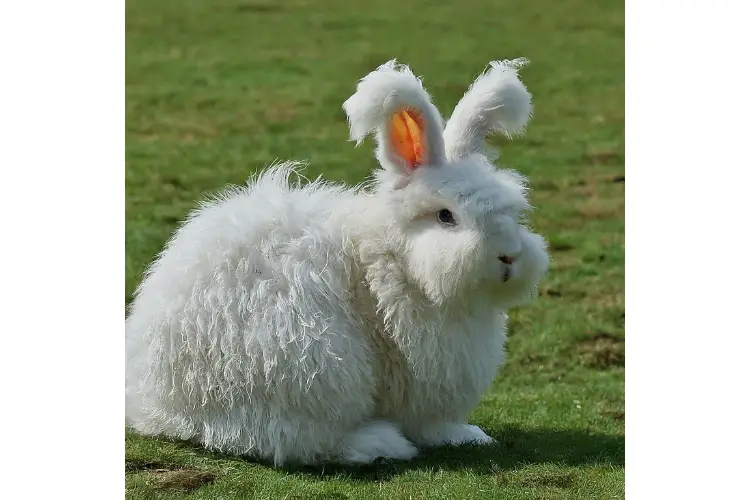
While sharing ancestry with the English variety, the French Angora rabbit breed has several distinct traits that set it apart. Developed in France during the 19th century, these Angoras were bred with a focus on maximum wool production.
Appearance and Wool
The French Angora is a large, heavyweight rabbit with a semi-arched body type and broad shoulders to support their immense wool crop. Their wool is incredibly dense and grows in a uniform, cylindrical pattern around the body—reaching lengths of up to 12 inches or more.
Unlike the English, the French does not have as prominent of a woolen muff around the neck and head. However, their entire bodies are densely covered in a thick undercoat and longer guard hairs. Accepted colors are limited to white, with ruby or blue eyes.
Temperament
While they have a calm, relaxed temperament overall, French Angoras can be more high-strung and easily startled compared to their English counterparts due to their focused breeding for maximum wool production traits.
The Giant Angora
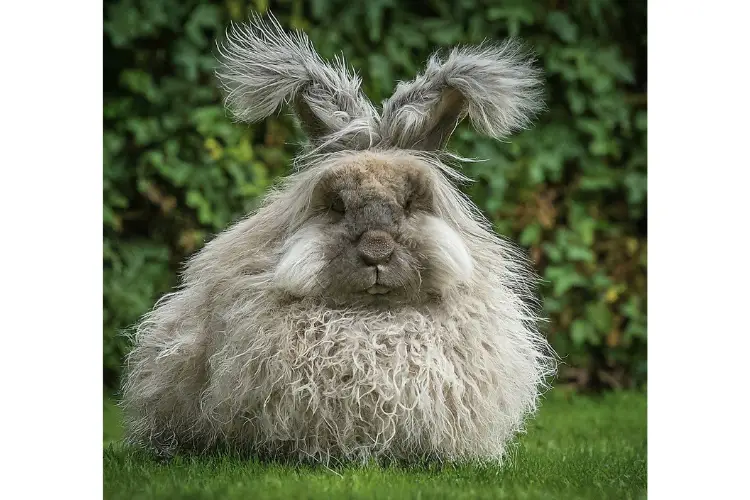
As the name implies, the Giant Angora is the largest of the four Angora breeds. With their massive size and impressive wool coats, these rabbits are truly a sight to behold. The Giant’s origins can be traced back to Russia in the early 20th century through selective breeding programs.
Appearance and Wool
The Giant Angora’s most defining characteristic is its immense size, with bucks (males) weighing in at an astonishing 12+ pounds. Does (females) are only slightly smaller, typically ranging from 10-12 pounds. Their massive bodies are enveloped in remarkably thick, dense wool coats up to 6-7 inches long.
In terms of color varieties, Giants are quite diverse—including solid colors, agouti patterns, pointed markings, and even smoked varieties. Ruby-eyed whites and separate color varieties are also accepted.
Temperament
Despite their intimidating stature, Giant Angoras tend to have very gentle, docile temperaments akin to their English relatives. These friendly giants are intelligent and bond easily with their owners, making them great companions as well as impressive wool-producers.
The German Angora
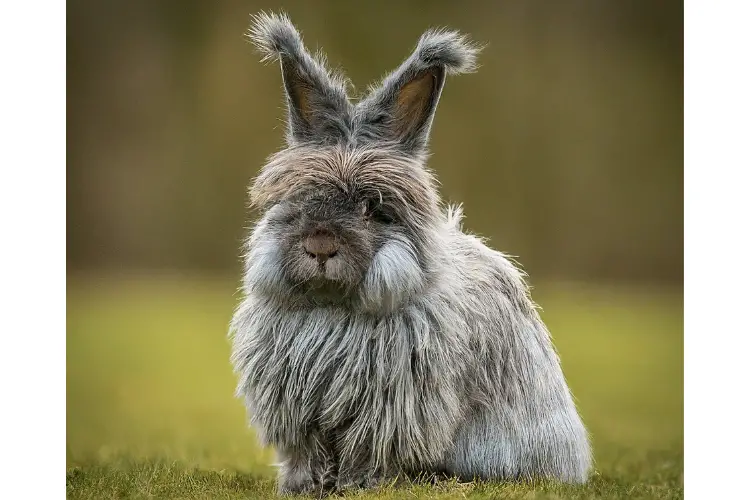
Rounding out the Angora breeds is the German variety—a more recent arrival originating in the early-to-mid 20th century. Through selective breeding in Germany, these rabbits were developed as smaller, compact versions of the larger English and French types.
Appearance and Wool
The German Angora is considered a small to medium-sized breed, weighing anywhere from 5-9 pounds as adults. Their round, compact bodies are covered in densely packed wool coats that can reach lengths of 4-6 inches when fully grown out.
While they lack the dramatic wool muffs of the English, German Angoras still sport ample wool coverage around the head, face, and body. Their wool has a distinct, kinked texture that adds to its density and loft. Accepted colors include solid white, colored, and agoutis.
Temperament
These spunky little angoras have energetic, curious personalities, but remain quite docile and easily handled overall. With proper socialization, German Angoras make engaging companions and rewarding fiber rabbits.
Caring for Angora Rabbits
While each breed has its own unique characteristics, there are some universal care requirements that all Angora rabbit owners should follow:
Grooming
Due to their incredibly dense, constantly-growing wool, Angoras demand intensive, frequent grooming to prevent matting and other fur issues. Most will need daily brushing/combing and monthly trims to keep them tidy and comfortable.
Diet
A high-fiber, hay-based diet supplemented with Angora-specific pellets is ideal to support wool production and overall health. Clean, fresh water should be available at all times.
Housing
Angoras require large, climate-controlled housing with ample space for stretching and exercise, given their bulky wool coats. Wire floors should be avoided. Shaded outdoor runs or play areas are also recommended.
Final words!
Whichever breed you choose, Angora rabbits are undoubtedly remarkable, high-maintenance pets prized for their unparalleled wool production and gentle, affectionate natures. With proper care and grooming, any of these lovable, fluffy companions are sure to capture your heart.

